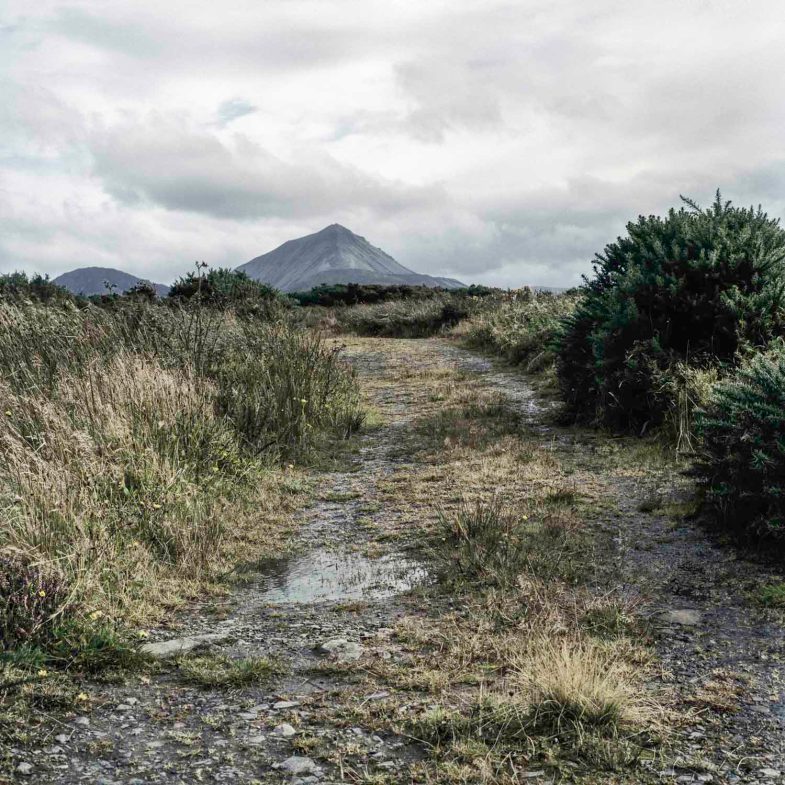
In a damning 2009 report, Ireland’s independently-run Commission to Inquire into Child Abuse – which spent nine years investigating thousands of allegations of abuse at religious-run institutions – spoke of a culture of “endemic sexual abuse” in the country’s Catholic boys’ schools and of the “deferential and submissive attitude” of the Irish state towards the religious orders who ran them.
What emerged from the investigation, and from a separate Dublin-specific inquiry concluded the same year, was that institutional child abuse was widespread and that it had occurred not only in schools, but in many places where young people were in the care of religious orders. The commissions also revealed that very often when children reported the abuse, they were largely ignored and even punished, with many of the adult perpetrators being relocated to new parishes by church officials. The state, too, had willfully turned a blind eye.
For victims like Andrew Madden – one of the first people in Ireland to have gone public about the molestation he suffered – much of the abuse happened in the living room of Father Ivan Payne’s ordinary looking house in the middle-class Dublin suburb of Glasnevin. Madden had worked weekend odd jobs for the priest, a common arrangement in many Irish towns, and like many children in the care of religious figures mentioned in the report, had been abused on a regular basis.
It was the very ordinariness of both the context and the location in Madden’s case, and in many others, that struck photographer Kim Haughton as profoundly disturbing. This was molestation that was at once hidden and woven into the fabric of everyday life. Abuse that was, in effect, ignored while happening in plain sight.
“So much of this happened in places like schools and churches, and in homes,” she tells TIME. “I consider these images of seemingly ordinary spaces as crime scenes — where the cruelest acts were carried out on vulnerable children; children that society had a responsibility to protect,” Haughton says.
And so she embarked on In Plain Sight, a project in which the sites of these abuses became the subjects of her lens. Here, the work would not be merely illustrative of the sorts of places where abuse occurred, but photographs of the actual sites where victims were molested. We see a parochial house, a local shop and a swimming pool – places that, when taken at face value, seem unremarkable.
To find the sites, she talked to abuse victims who were willing to share their stories and found out how and where the abuse occurred: “Finding people was a challenge but not as hard as listening to their experiences,” she says. “They endured so much. It is very difficult to drive away after somebody has shared profound life experiences with you.”
When revisited with the knowledge of what happened at each location, Haughton’s work seems to permeate with an uneasy stillness, the images transforming from long-silent witnesses of horror into a haunting cartography of extreme suffering. A visible record of abuse that can never be – and should never be – forgotten.
“The work, I hope, challenges us to confront these crimes in the context in which they happened,” Haughton adds, “everyday life.”
Kim Haughton is an Irish photographer based in New York. Her work has appeared in TIME, Vanity Fair, Financial Times, Business Week and The Guardian, among others.
Richard Conway is reporter/producer for LightBox.


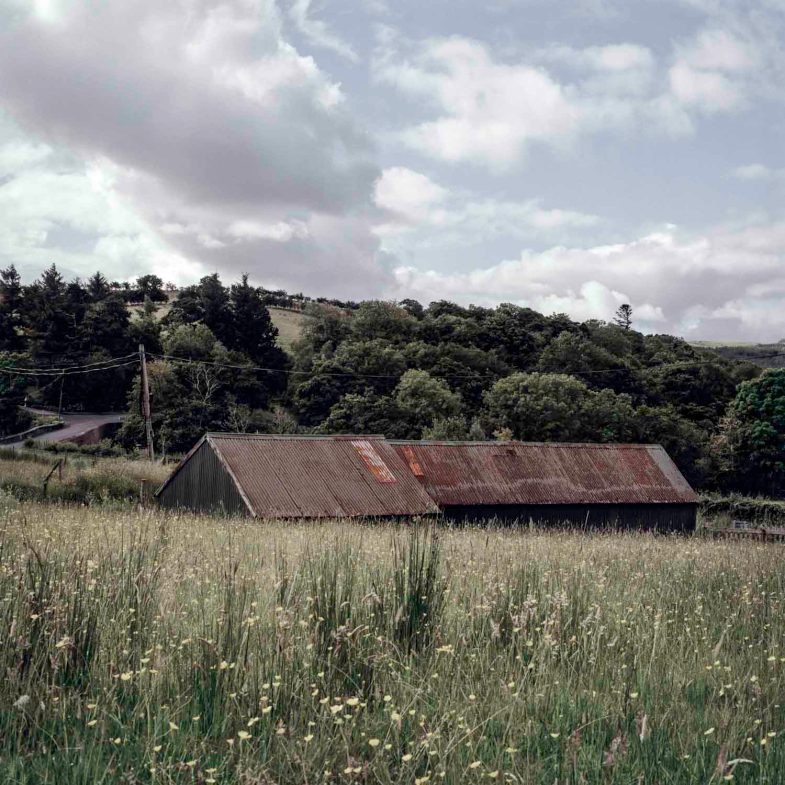

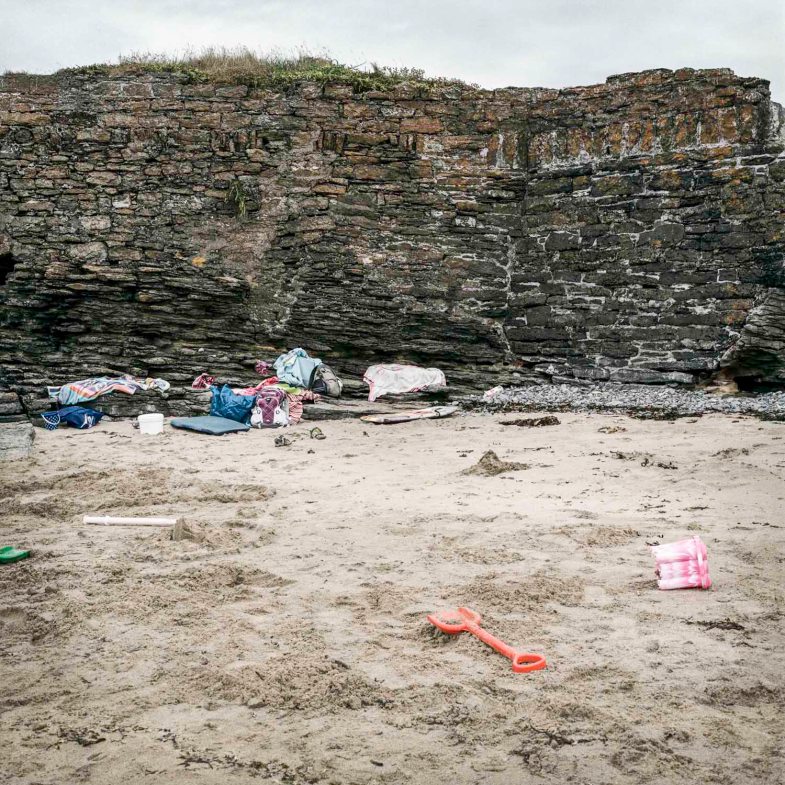
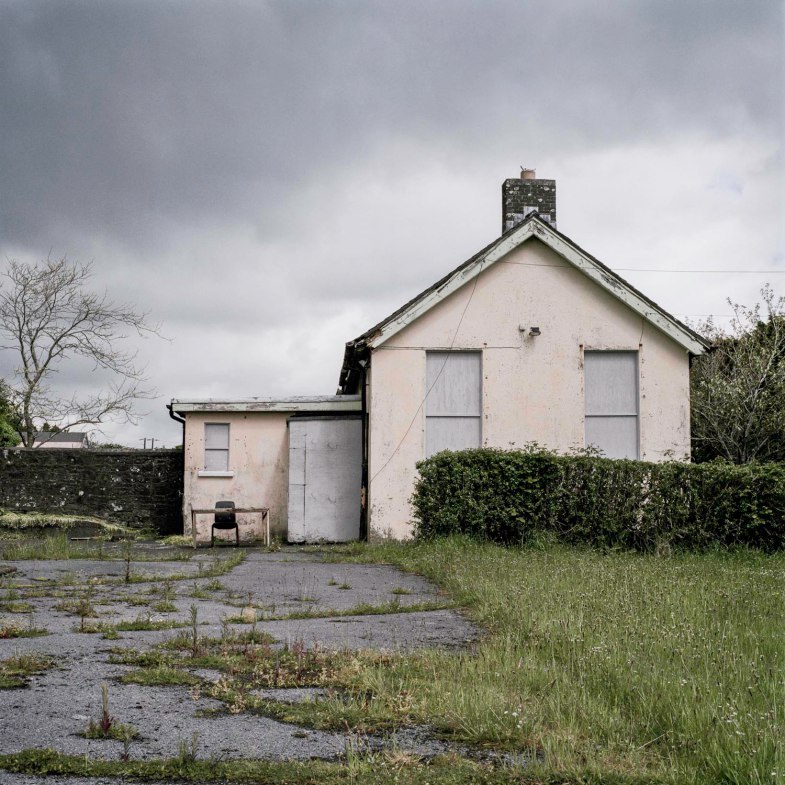
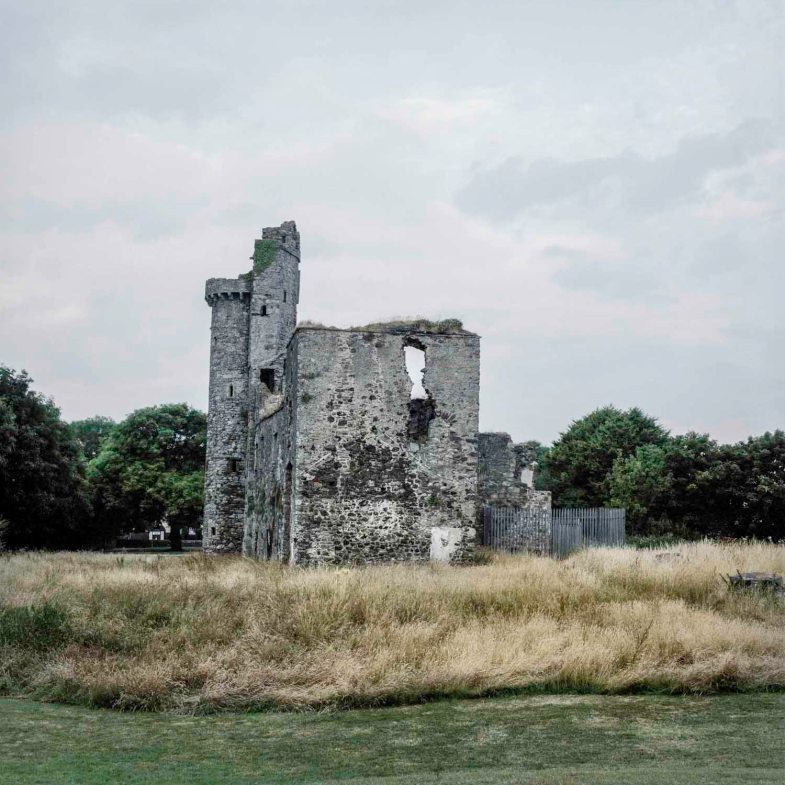
More Must-Reads from TIME
- Cybersecurity Experts Are Sounding the Alarm on DOGE
- Meet the 2025 Women of the Year
- The Harsh Truth About Disability Inclusion
- Why Do More Young Adults Have Cancer?
- Colman Domingo Leads With Radical Love
- How to Get Better at Doing Things Alone
- Michelle Zauner Stares Down the Darkness
Contact us at letters@time.com